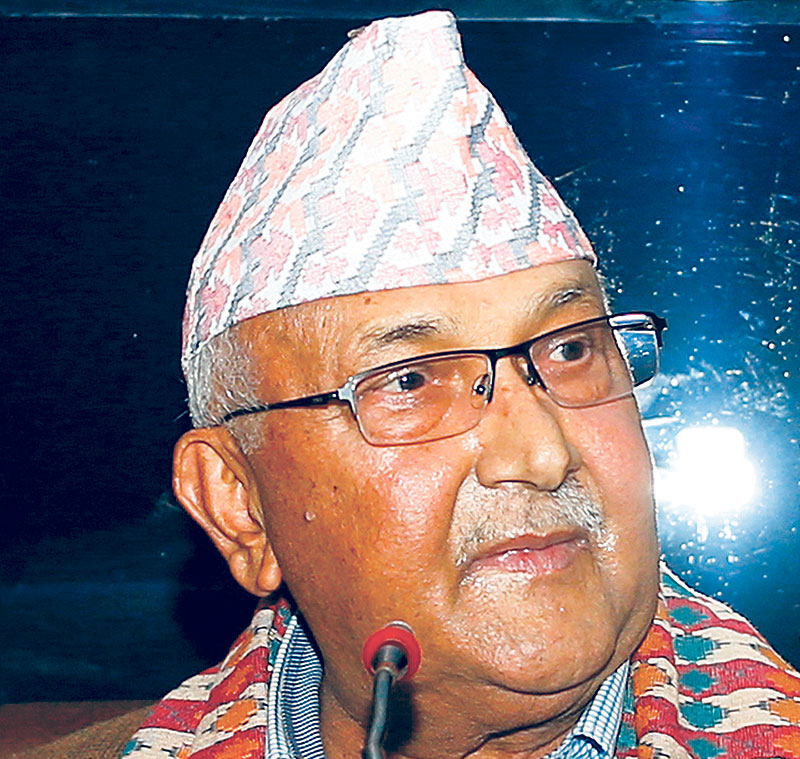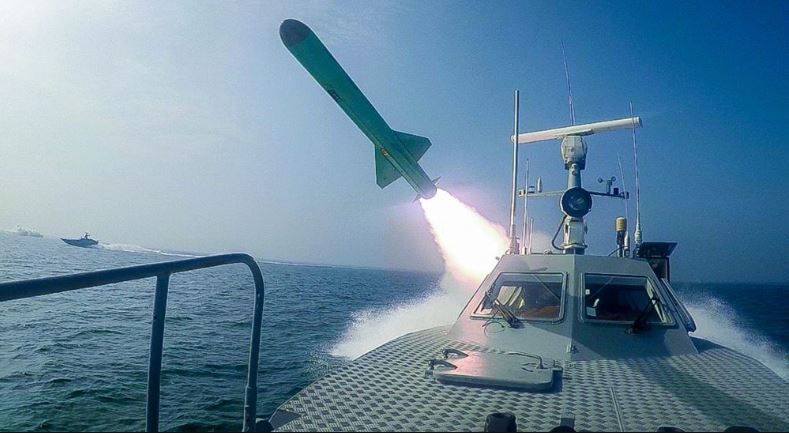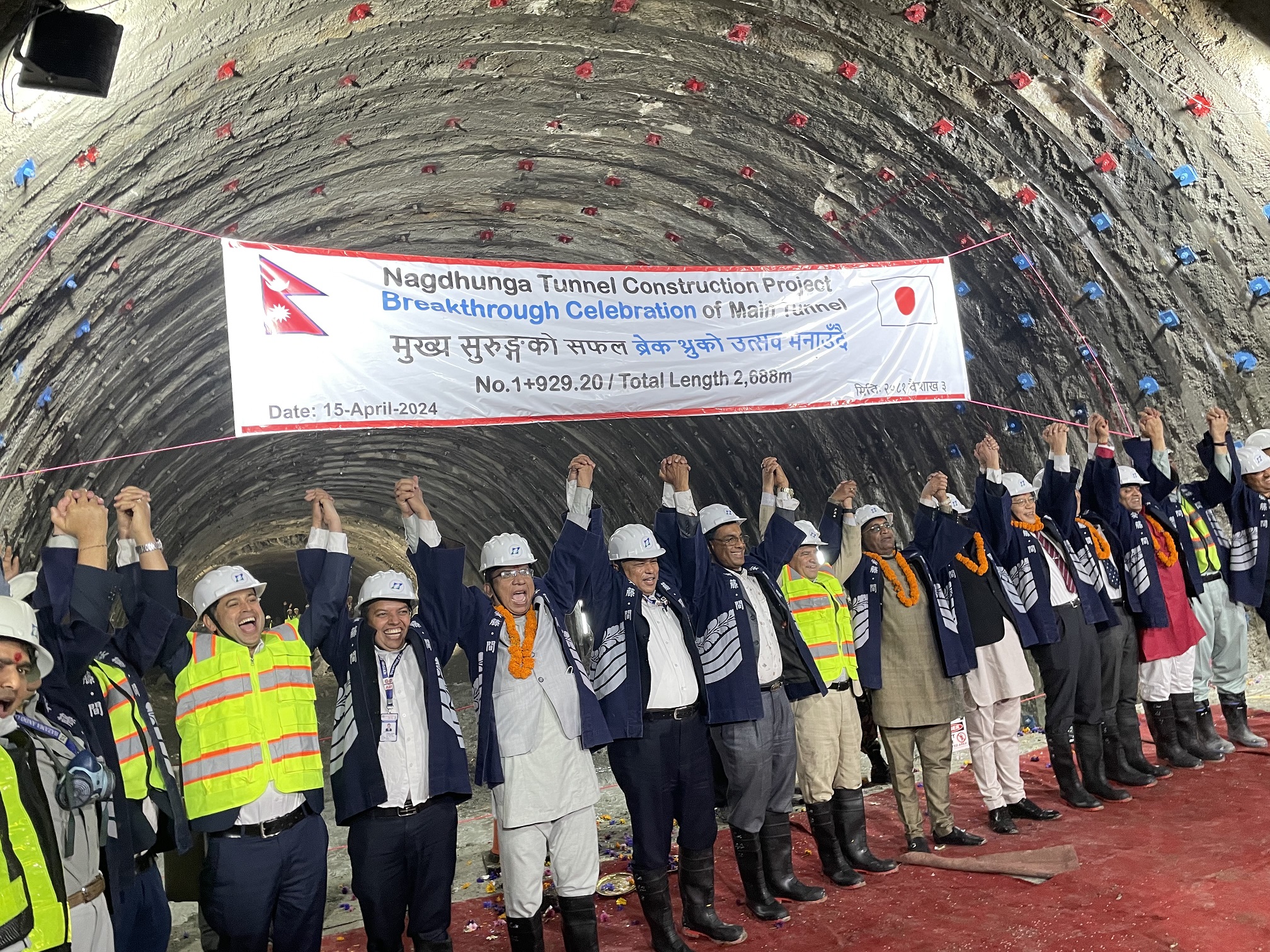
OR

UML is critical of Western ‘hegemony’ but is then funded by money coming from Western countries.
The recent electoral success of CPN-UML and CPN (Maoist Center) under the common banner of the left alliance has piqued Nepali imagination. Some are excited at the prospect of a left majority government while others are apprehensive, to the extent of fearing a communist-controlled polity. In this context, it has become vital to unpick the category of ‘left’ and the associated political sloganeering of stability and prosperity.
The political lexicon of the left has traditionally had a great impact in the discourse, awareness and imagination of the politically-savvy population in the country. The term has been associated with progressive politics which caters to pro-public concerns. This article will center on UML as the proponent of this discourse.
Both the UML and the Maoists have in the past advocated and to some extent aspired to honor their pro-people commitments. But a look at the past 30 years and especially the times following 1990 and 2006 changes suggests something different. In fact, if one wishes to understand how our polity and society were shaped after 1990, we can simply study UML’s evolution in this period.
Many tentacles
As a party with the strong organizational base, UML has created strong links in Nepali society through its many associated institutions. In fact the tacit link of the party with allied institutions like cooperatives, NGOs and trade unions make UML a force to reckon with. The party has promoted new forms of patronage politics through the web of these associations.
Its ability to forge grassroots links through cooperatives where its members play a decisive role has in turn established the party as an effective community mobilizer. In fact, this collusion between UML and cooperatives has increasingly turned this pro-farmer institution into another finance company which gets lot of deposits, which can, in turn, be distributed among the party rank and file. This process gets compounded by the fact that many Nepali NGOs are peopled by those close to UML. This can be seen in the fact that a prominent human rights campaigner vied for the position of UML chairperson in the party’s 2009 Butwal general convention.
The unholy nexus between NGOs and the party seems to have created a paradoxical situation whereby the party is now critical of Western ‘hegemony’ but it is at the same time fed via the resources received through its vast NGO network—funded by Western money. There have also been many new additions to the web of UML patronage network. Private as well as community schools, colleges, banks, hospitals are increasingly coming into its fold. In fact, community and government-funded schools were fertile grounds for recruitment and training of its cadres starting in the 1970s.
Dream come true
The party has also long wanted to dominate the state apparatus. In fact, this ‘dream’ of theirs is slowly but surely coming true. The ability of UML-affiliated trade unions of civil servants to hold the state to ransom to meet its demands is extremely efficient. Political splits among civil servants are no new news. But increasing number of mid-ranking bureaucrats seems to lean towards UML these days. The extent of the state’s ‘partyfication’ can be observed in the fact that a number of high court judges went to UML headquarters after taking oath of office some years ago.
UML’s long-held desire to control both the polity and the society is slowly being realized. In this connection, we need to revisit the idea of stability and prosperity, as argued by the left alliance. Prosperity has been associated with development, which in turn, it is argued, will bring stability. But if one observes the pattern of development advocated by UML, it is aimed at putting the party at the center stage of this discourse and making use of state mechanisms and business community sympathetic to it. The association of development only with infrastructure, while issues of human development and social justice are ignored, doesn’t augur well.
The rhetoric of pro-people, coupled with a push for mega-projects which adversely affect human and environment, actually defines UML-led development discourse, which in fact is no different to the discourse of any of the previous governments. But the left alliance, and UML, in particular, has been particularly successful in getting people to equate infrastructure with development, thus helping consolidate their hold over both the polity and the society. If this is the trajectory UML is setting for Nepal, there is nothing leftist about it.
The authors are assistant professors at Kathmandu School of Law
You May Like This

Make the right call at the right time
First of all you are only 21 years old. You have few more years to think about settling down. You... Read More...

Left and right alliances playing blame game in Jumla
JUMLA, Oct 23: At a time when the parliamentary and provincial elections are just around the corner, the left and right... Read More...

All Pakistani artists have left Mumbai, will hunt down whoever is still left: MNS
MUMBAI, Sept 30: Asserting that all Pakistani artists have left Mumbai following their 48-hour ultimatum, the Maharashtra Navnirman Sena (MNS)... Read More...





Just In
- KMC to organize a month-long skill fair from May 1
- Birgunj Metropolis collects over Rs 360 million in revenue
- NEPSE plunges below 2,000 points after one and a half months; daily turnover declines to Rs 2.10 billion
- AI Index Report-2024: AI still behind humans on complex tasks like competition-level mathematics
- Daiji-Jogbudha road construction at snail’s pace
- Govt fails to adopt podway technology despite its potential in Nepal
- Jhulaghat border crossing in Baitadi to remain closed from this evening
- Universities will be free from partisan interests: Education Minister















Leave A Comment